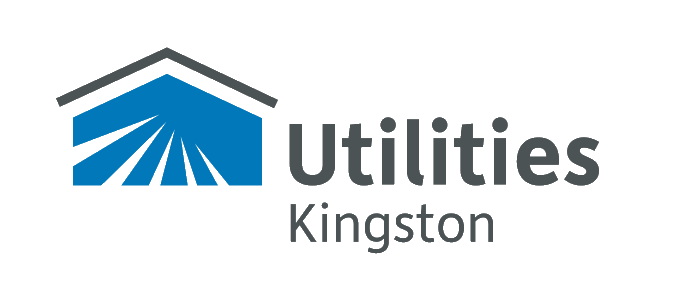2020 Achievements
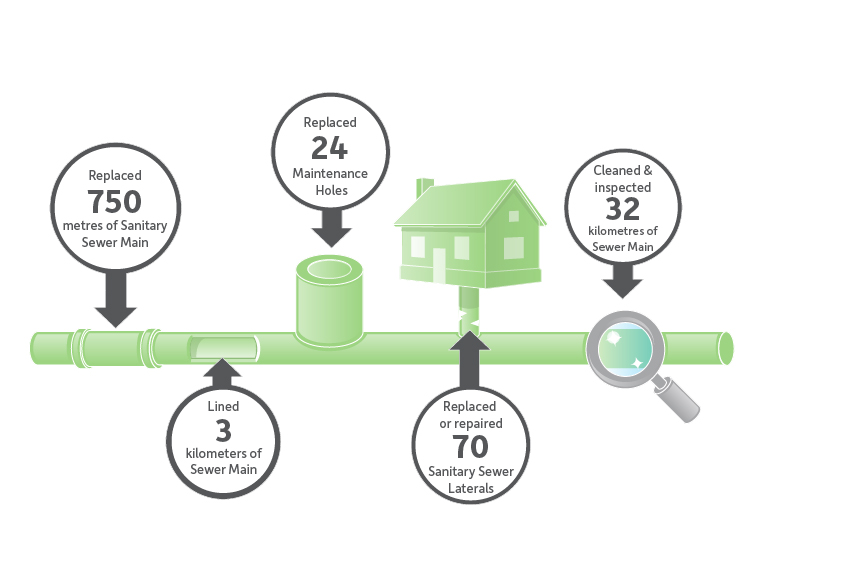 Click to enlarge
Click to enlarge
What's the context?
We've provided data on our achievements in 2020. If you're looking for additional context on how much overall infrastructure we maintain, check out our overview infographics.
Infrastructure Upgrades
Expansion Progress: Cataraqui Bay Wastewater Treatment Plant
Four years ago, we embarked on a necessary project to expand and upgrade the Cataraqui Bay Wastewater Treatment Plant. This project will help to increase plant capacity, improve the quality of treated wastewater, and upgrade equipment to increase the plant’s capacity from 38,800 to 55,000 cubic metres per day, to meet the demands of projected population growth.
In 2020, Utilities Kingston adopted the role of General Contractor for this work. Our employees are committed to the successful and safe completion of these upgrades, while reducing disruption to our customers and nearby residents.
By the end of 2020, over 85 per cent of the civil construction was undertaken, with the following completed throughout the year:
- Major clean-up across the site to ensure a safe work environment for staff and contractors.
- Reengagement of key contractors and suppliers.
- Demolition work and new concrete works in primary clarifiers.
- Crushing and removing demolished concrete from site for reuse.
- Waterproofing of all buildings.
- Continued installation of duct work, cable tray, pipe, mechanical equipment, electrical and control work, scum and sludge pipework and millwright works.
- Concrete and roofing at the headworks building.
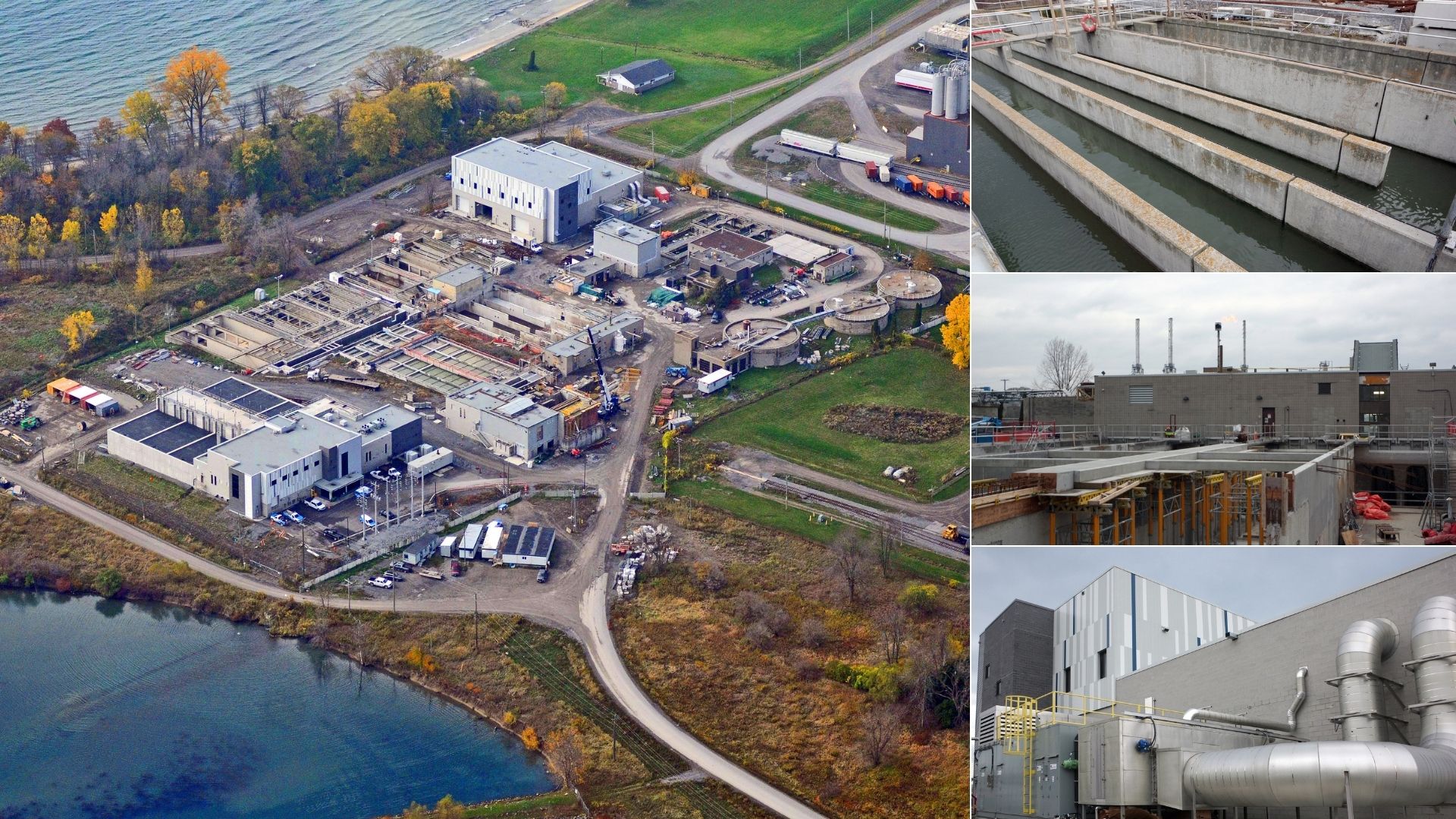
Water and Sewer Work at Glengarry and Portsmouth
This joint reconstruction project with the City of Kingston addresses several challenges: sewer capacity on Glengarry Road, aging infrastructure along Portsmouth Avenue and the need for increased capacity to support new development.
Approximately one kilometre of sanitary sewer and 370 metres of water main will be constructed and/or reconstructed. Work began in late spring of 2020 and will be completed in early summer 2021.
The timing of the project was adjusted to comply with COVID-19 related regulations from the province and was coordinated with a goal to reduce traffic disruption.
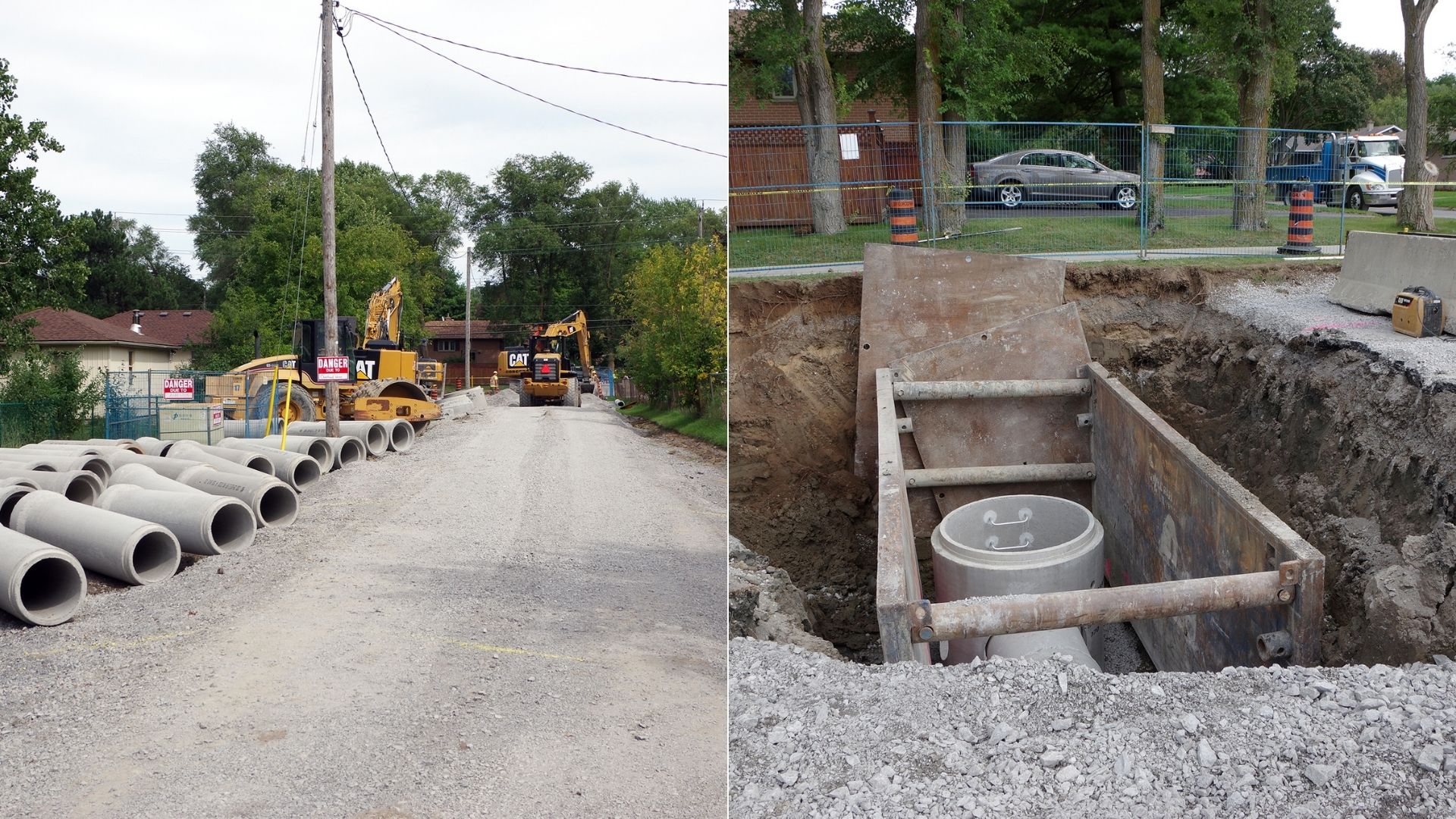
Reducing Sewer Overflows for Environmental Protection
Sewer Separation
Sewer separation is an ongoing goal for Utilities Kingston to reduce combined sewer overflows and to help ensure capacity within the sanitary sewer system.
In 2020, this work focused on College, Napier, Frontenac and Toronto Streets - some of the last remaining combined sewers in the University District, north of Union Street. In each case this represents the final leg to separate a sewer sub-catchment area all the way to the trunk sewer system.
Improving the Conveyance of Wastewater
Also in 2020, we completed sewer work on Earl Street (between Ontario and King), to reduce combined sewer overflows into Lake Ontario at William Street. This location historically overflowed with the greatest frequency in our city.
The work involved upsizing the 200 millimetre sewer pipe leading from the combined sewer overflow (CSO) tank on Earl Street to the Harbourfront Trunk Sewer. This larger 300 millimetre pipe will improve hydraulics and better convey wastewater from the CSO tank to the trunk sewer.
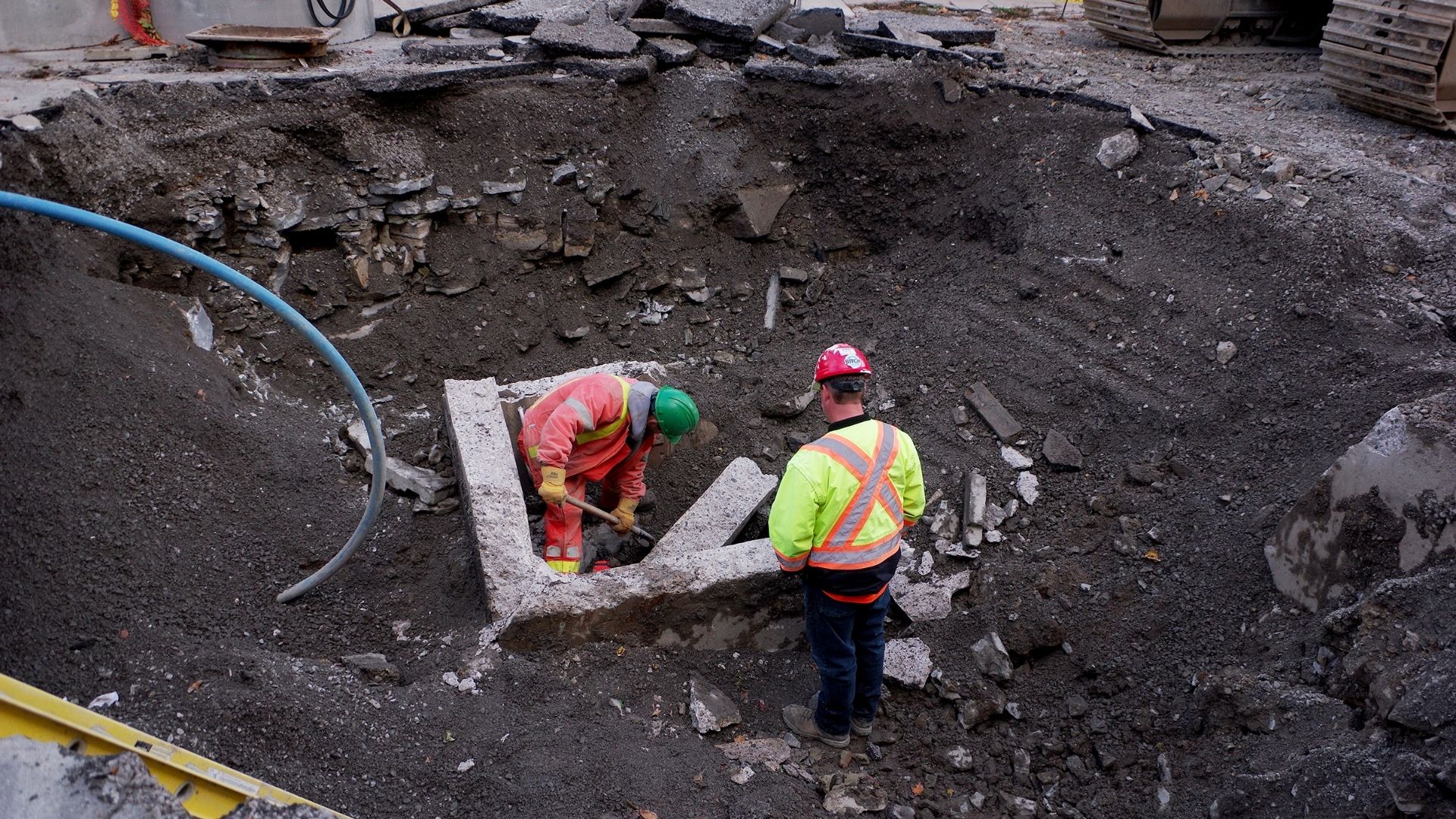
New Sewer Lining Program Extends Life of Infrastructure
In 2020, we introduced a new annual sewer lining program to rehabilitate aging pipes and improve operating efficiency – using a process that avoids digging up pipes and disrupting neighbourhoods. Using this process, a resin compound is cured-in-place to form what is, essentially, a ‘new pipe within a pipe’. Three kilometres of sanitary sewer main were lined in Kingscourt.
Aside from renewing the infrastructure, this work reduces otherwise clean storm water from infiltrating the sanitary sewer system, increasing pipe capacity and reducing the risk of localized basement flooding. The work also increases operating efficiency, as reduced sewer flows mean less pumping and treating wastewater.
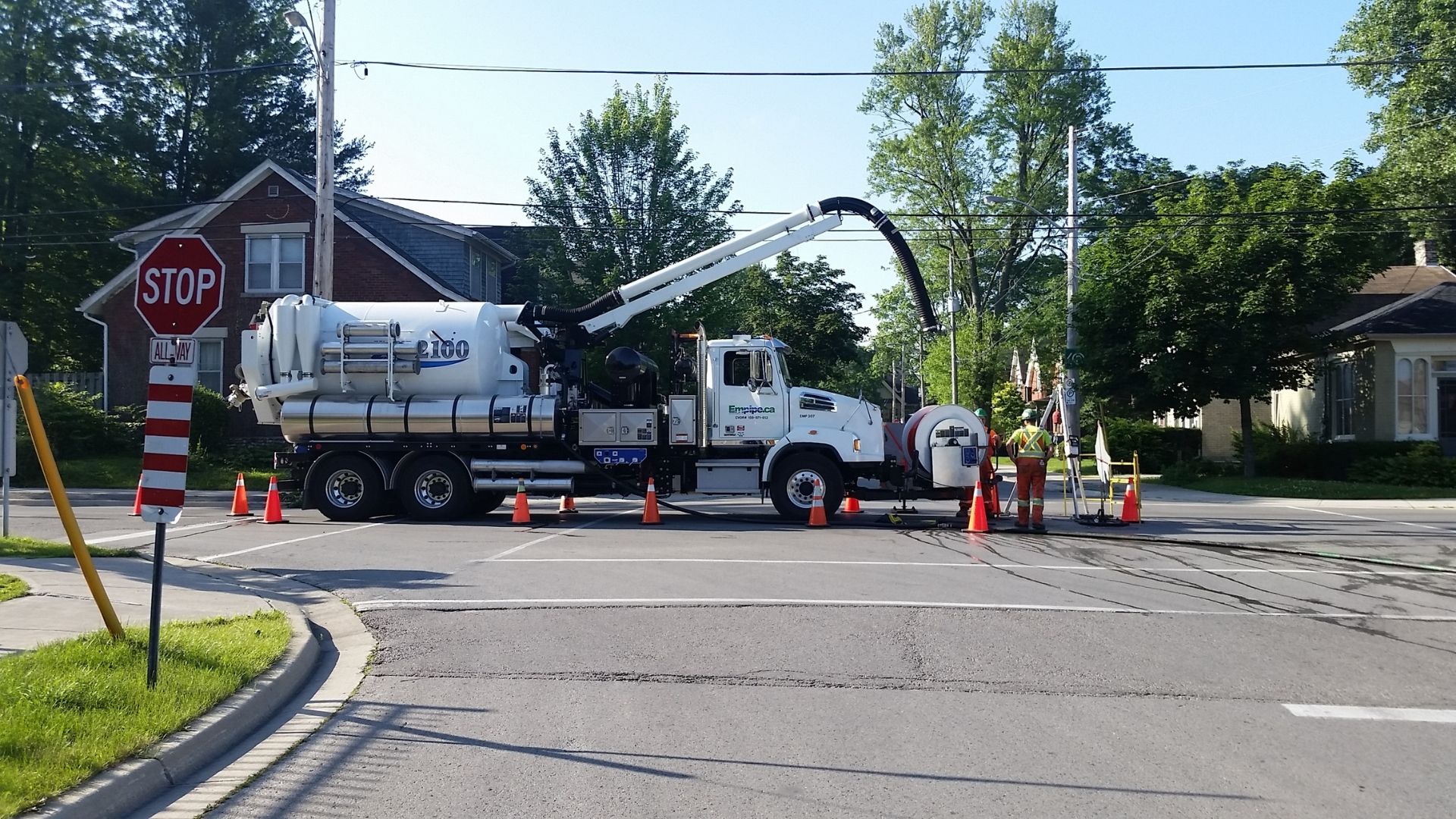
Preventative Plumbing Program
For the ninth year, Utilities Kingston offered the Preventative Plumbing Program to customers, helping to reduce the risk of sewage back-ups and basement flooding in neighbourhoods. Since the program began in 2012, $3.8 million in financial assistance has helped 2,098 Kingston homeowners, including with the removal of 247 illegal connections to the sanitary sewer.
Over the last nine years, the program has built trust, reputation and an increased awareness, which is reflected in its uptake. In 2020, program helped 243 home owners, reduced from 2019 due to the health and safety concerns of the COVID-19 pandemic. An amount of $520,661 was invested to assist home owners through this program.
Here are our 2020 program results:
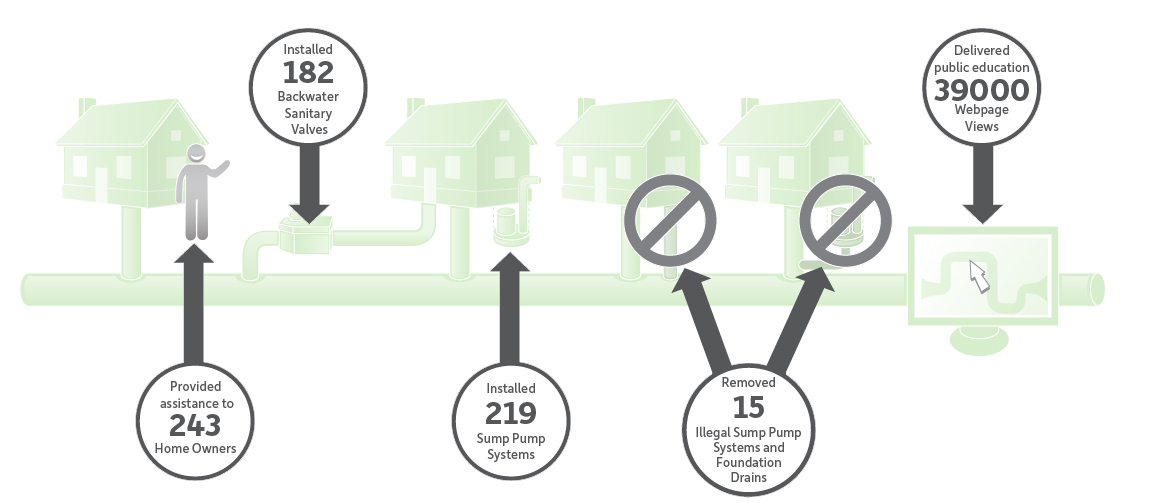 Click to enlarge
Click to enlarge
Sampling Wastewater for Sewer Surveillance
In 2020, we partnered with KFL&A Public Health and Queen's University to help make Kingston's sewer surveillance dashboard available online in 2021. This partnership provides for trends of infection and early detection, giving even earlier warnings of increased virus risk in Kingston.
Our treatment operators sample wastewater at Cataraqui Bay and Ravensview Wastewater Treatment Plants, twice per week (since June 2020). We are excited to play this essential part in advancing the science of sewer surveillance for early detection of the COVID-19 virus in Kingston.
Kingston Biosolids and Biogas Master Plan
Early in 2020, the public was invited to review options and provide feedback on the proposed Kingston Biosolids & Biogas Master Plan. Through this process, the preferred alternative was identified as follows:
Develop an integrated biosolids and source separated organics processing facility at a greenfield development site. The opportunity site for consideration would be located within the municipal land adjacent to the snow dump on Perth Road, also called Knox Farm.
The project is helping find ways to:
- enhance wastewater treatment plants to reduce greenhouse gas emissions; and
- capture and make local use of the biosolids and biogas that are beneficial products of wastewater treatment processes.
We continue to lead the way in environmental protection. Our wastewater treatment plants are some of North America’s most environmentally progressive and responsible. This initiative will help us pursue innovative solutions to further reduce carbon emissions and protect the environment, while reducing organics sent to landfill in Kingston.
Environmental Protection
Utilities Kingston continues to keep abreast of the best available technology in the treatment of wastewater. We look forward with confidence that we will always be able to enjoy the recreational waters of Kingston, while maintaining growth and prosperity in a healthy environment.
In Ontario, the Ministry of the Environment, Conservation and Parks is the government body responsible for environmental protection, including the provision of clean water through pollution control and prevention. The effluent from the City of Kingston’s treatment facility is required to meet stringent limits established by the Ministry for discharge to receiving waters.
In 2020 we completed the requisite reporting to the Ministry of the Environment, Conservation and Parks on the quality of our wastewater treatment.
